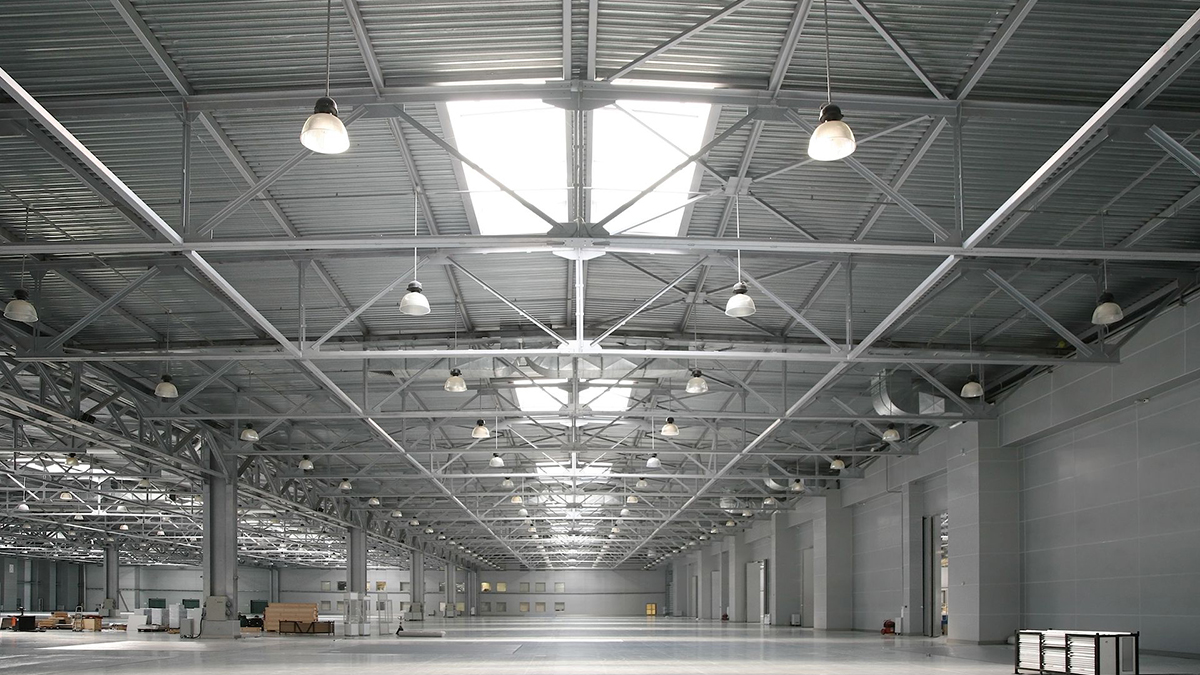Knowledge
A good pair of hedge shears can easily transform unruly bushes into beautifully manicured landscapes. Hedge shears have been a staple tool in both amateur and professional gardening for decades, providing a practical solution for shaping and controlling plant growth, transforming unruly hedges into neat, visually appealing landscapes.
2025-02-03 15:41:51
Tree pruners, often referred to as pole pruners or tree trimmers, have been recognized as an ideal solution for maintaining and managing tree growth in both urban and rural landscapes. These tools facilitate the safe and efficient pruning of branches that are otherwise difficult and hazardous to reach. By enabling users to trim trees from the ground without the aid of ladders or climbing equipment, tree pruners help avoid the risks associated with traditional tree trimming methods.
2025-02-03 15:31:21
For coffee enthusiasts seeking to brew the perfect cup, one of the key elements in achieving consistent flavor is the grind. Choosing the right grinder is essential to achieve the proper grind size for the brewing method used. Consistency in the grind directly influences the brewing process and, ultimately, the flavor of the coffee.
2025-02-03 15:13:43
Brewing the perfect cup of coffee requires more than just premium beans and a skilled barista—it starts with water. Coffee water brewing kettles are an innovative solution to the challenge of controlling water quality, temperature, and flow rate, all of which significantly affect the flavor and aroma of brewed coffee. These kettles are now a staple for coffee aficionados and professionals alike, offering precision and consistency in every cup.
2025-02-03 15:05:56
Steel cables are an integral component of mechanical systems that demand precise and reliable motion transfer. This is particularly vital in the brake systems of both bicycles and automobiles, where safety and efficiency are paramount. The core purpose of steel cables in these systems is to transmit physical force effectively to the braking mechanism, facilitating immediate and controlled deceleration.
2025-02-03 14:10:20
Forklifts are essential tools for any warehouse, facilitating the efficient movement of goods and materials. Selecting the right forklift requires understanding their history, technology, and applications.
2025-01-13 14:28:29
The French Press coffee maker, celebrated for its simplicity and its ability to create rich, aromatic coffee, is a staple in coffee brewing. For baristas and coffee enthusiasts alike, understanding the history, design, and versatility of French Press coffee makers is key to appreciating their value and mastering their use.
2025-01-13 14:24:14
Syphon coffee makers have long captivated coffee enthusiasts with their blend of scientific precision and artistic flair. This unique brewing device seamlessly combines functionality with aesthetic appeal, offering a refined coffee experience for homes and cafes alike. The enduring popularity of syphon coffee makers stems from their innovative technology, historical development, intricate design, and the materials and manufacturing processes involved in their creation.
2025-01-13 14:18:33
Data storage and backup systems play a crucial role in managing, protecting, and preserving the vast amounts of information generated by businesses, organizations, and individuals. Data storage and backup systems encompass a range of solutions, including traditional local storage options such as hard disk drives, (HDDs) solid-state drives (SSDs), tape drives, and network-attached storage (NAS), as well as online cloud storage services provided by third-party vendors. Local storage and online cloud storage each offer their own distinct advantages and considerations in terms of accessibility, scalability, security, and cost-effectiveness.
2024-12-26 15:06:56
Networking devices such as routers, switches, and access points (APs) are crucial components of Information and Communication Technology (ICT) systems, as they provide the necessary infrastructure for devices to connect to local networks or the internet. They enable reliable, secure, and seamless connectivity, data transfer, and communication between devices, regardless of their physical location. Networking devices also include modems, network cables, and peripherals such as printers, scanners, and monitors.
2024-12-26 15:05:54
Hot Topic
Agree










